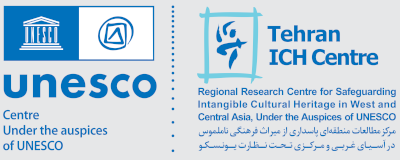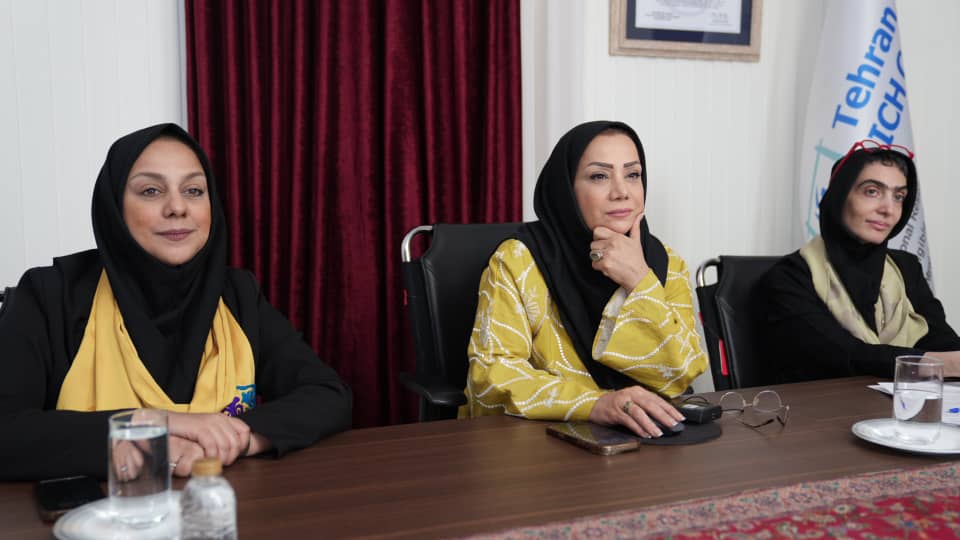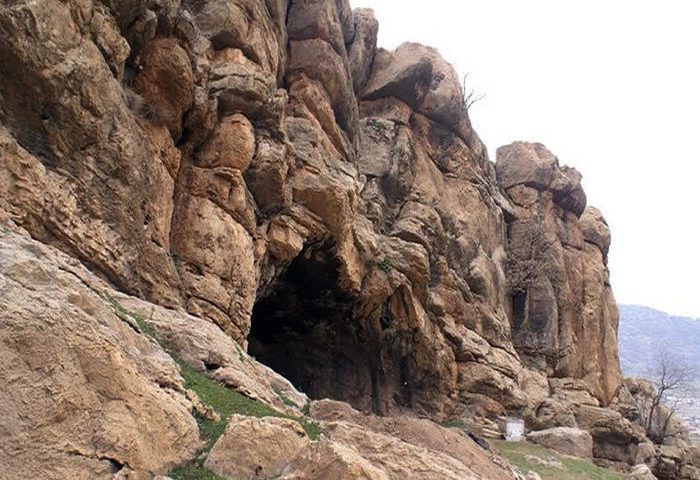On Monday, 8 January, 2024, the Regional Research Centre for Safeguarding Intangible Cultural Heritage in West and Central Asia, under the Auspices of UNESCO (Tehran ICH Centre-TICHCt) organised a networking meeting between the C2Cs established in Iran.
Participants to this meeting were:
International centre for health-related basic sciences and human nutrition;
International Centre for Integrated Management of Watershed and Bio-Resources in Arid and Semi-Arid Regions;
Regional Centre for Science Park and Technology Incubator Development in Isfahan;
Regional Education and Research Centre on Oceanography for West Asia;
Regional Centre on Urban Water Management;
International Centre on Qanats and Historic Hydraulic Structures;
Regional Education and Research Center on Earthquake Risk Management and Resilience for West and Central Asia at the International Institute of Earthquake Engineering and Seismology (IIEES).
Other participants included:
Representative of the Iranian National Commission for UNESCO, Chair of ACD (Asian Cooperation Dialogue); Chair of the Center for Strategic Research of the Expediency Discernment Council of Iran and former Ambassador and Permanent Delegate of Iran to UNESCO; Chair of an NGO on Media Literacy, as well as media professionals.
The recitation of the Holy Quran kick started the meeting, followed by a welcoming speech by the Director General of the Tehran ICH Centre, Dr Atusa Momeni, who thanked the participants for their presence, introduced them and briefed them on the main objective of the Meeting: to network between the C2Cs based in Iran, for sustainable development.
Further, she explained the importance of C2Cs for UNESCO, the vision and objectives of the Tehran ICH Centre and its functions in West and Central Asia and reiterated that UNESCO had many C2Cs established under its auspices in all of her different fields of competence, including C2Cs that have cross-cutting themes. She then introduced other C2Cs in the world whose areas of work was related to those present at the Meeting.
Dr Momeni explained that the Tehran ICH Centre can cooperate with all of the diverse C2Cs established in Iran because her theme, although in the field of culture, is a cross-cutting one, linking her activities to earth sciences, water, oceanography, disaster risk reduction, etc.
Further in her speech, she referred to the soft power of ICH in bringing peace and sustainable development for nations, drawing on this specification of the Tehran ICH Centre as a characteristic that differentiated its activities from all other C2Cs due to its cross-cutting nature, thus calling for exchange of experiences between the Tehran ICH Centre and all other C2Cs in Iran.


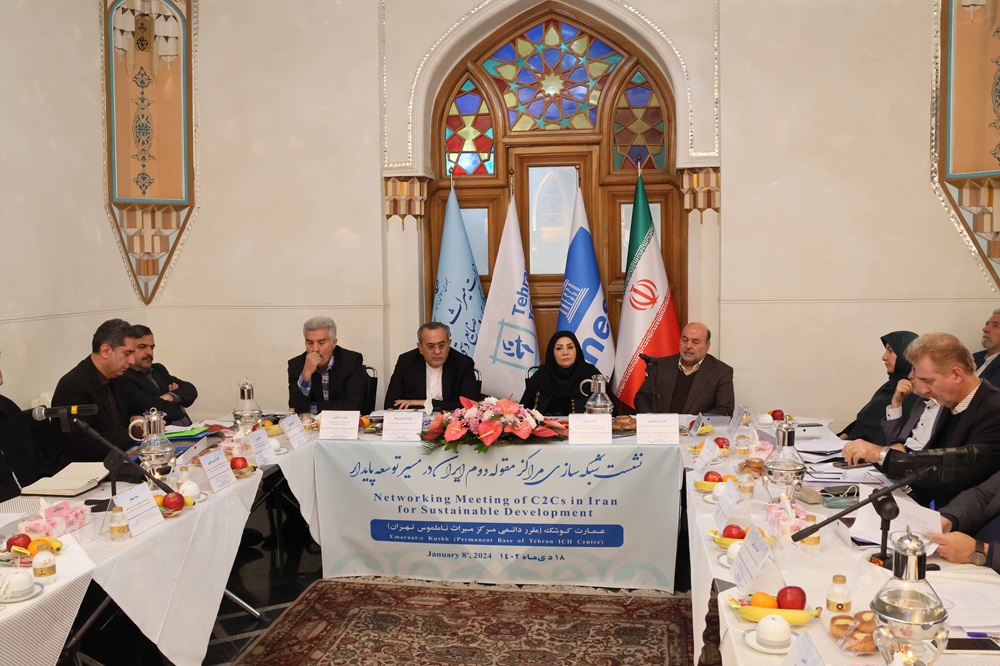
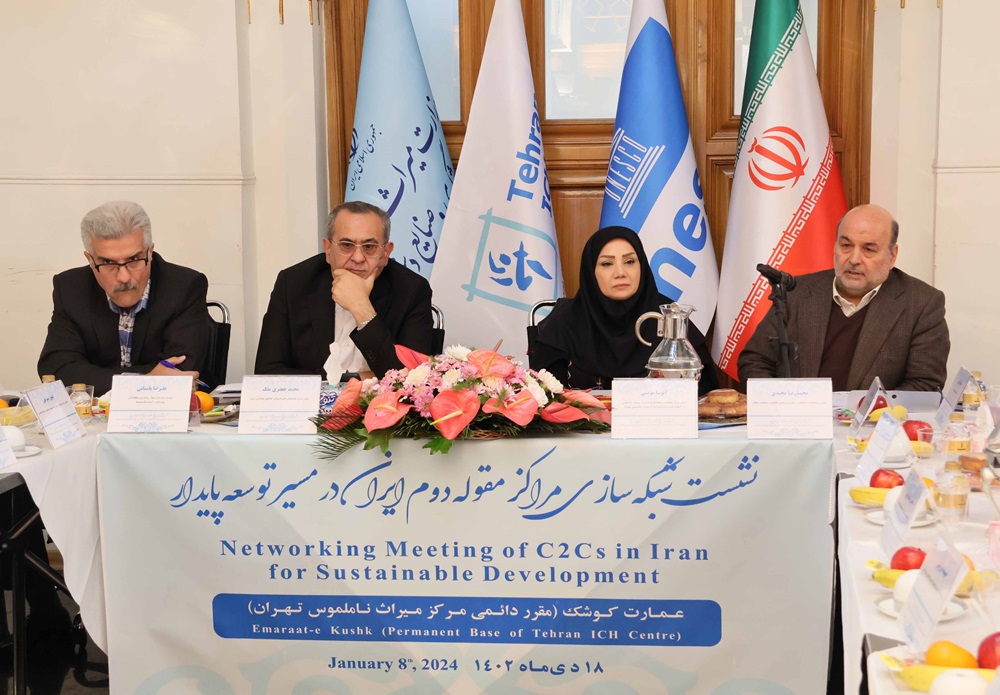
The question of “how the knowledge and experiences of other C2Cs could be integrated with that of the Tehran ICH Centre in order to reduce the impacts of climate change” was brought up by the Director General of the Tehran ICH Centre, to motivate cooperation and networking between the C2Cs.
Highlights of ongoing activities of the Tehran ICH Centre as well as the centre’s vision for the future were among other topics referred to by Dr Atusa Momeni, to mobilise cooperation from the participating C2Cs.
Before the second speaker took the floor, all participants were asked to introduce themselves.
Next speaker was Dr Mohammad Reza Majidi, Chair of the Center for Strategic Research of the Expediency Discernment Council of Iran and former Ambassador and Permanent Delegate of Iran to UNESCO. He expressed gratitude to Dr Momeni for organising the networking meeting between the C2Cs in Iran as an activity that could help achieve important goals of the Islamic Republic of Iran in overcoming challenges met in various areas related to disaster risk-reduction, water management, cultural diplomacy, etc.
For Dr Majidi, UNESCO can be summarised in two words: a clearing house and observatory and a grand platform to make the voices of nations heard. He further emphasised the importance of making the capacities of Iran known to the world as a nation with vast capacities that less than 10 percent is yet introduced.
Based on his experiences at UNESCO, Dr Majidi introduced the following three as UNESCO’s specialised arms in Member:
- C2Cs;
- UNESCO Chairs
- Science and technology parks
To conclude, he emphasised how joining forces by the C2Cs can serve as a complementary policy in achieving the goals of the IR of Iran.
Third to take the floor was Dr Bastani, Chair of an NGO on Media Literacy. He explained how UNESCO’s GAPMIL was established in 2013 and later its change of name to MIL (Media Information Literacy). Among the activities of his NGO, reference was made to the effort put into working on media literacy and their many years of activity and research in this area and how he became a member to UNESCO’s MIL.
Fourth to take the floor was Dr Jafari Malek, Chair of the ACD (Asian Cooperation Dialogue).
He explained how in 2002 the ACD was established based on an initiative by Thailand for greater convergence between Asian countries. “As a project-based organisation, the ACD has 35 Asian members. It’s an intergovernmental Asian organisation with a vast agenda, including the organisation of cultural weeks of its Member States”, he said.
Fifth speaker of the Session was Dr Javadian zadeh, Chair of the International Centre on Qanats and Historic Hydraulic Structures. How the establishment of the Centre was adopted at 32GC (32nd session of the UNESCO General Conference), the functions of the Centre, the unfortunate loss and death of the bearers of the skill of Qanat-digging and the Centre’s problems in training new bearers of this knowledge including, “Mirab” and “Moqanni”, were among the points referred to by the speaker. The speaker also informed the meeting of an innovative action of the Centre to register existing Qanats in national documents as historic hydraulic structures that are based underground and are subject to destruction and disappearance. Reflexive modernisation, the need to change the Centre’s approach from focusing on history and preservation activities on narrating the story of qanats and keeping them alive through qanat tourism, challenges faced by the Centre, etc. were among other points highlighted by the Chair of the International Centre on Qanats and Historic Hydraulic Structures. Finally, he asked Dr Majidi and other participants who were linked to decision-making entities to ask authorities to reconsider water governance to prevent further conflict between communities and authorities.
The Qanat Centre offered highlights of their ongoing activities and expressed interest in cooperating with the Tehran ICH Centre (TICHCt) in future activities.
Sixth to take the floor was Dr Ghayoor Mobarhan, Chair of the International centre for Health-Related Basic Sciences and Human Nutrition. The speaker especially thanked Dr Atusa Momeni for taking the initiative of organising the networking meeting between the C2Cs in Iran, informed the session on the process of establishing the Centre and highlights of his Centre’s ongoing activities, expressing his will to cooperate with the Tehran ICH Centre and other C2Cs in Iran in forwarding cross-cutting projects.
Seventh speaker of the networking meeting was Dr Nouri, Chair of the International Centre for Integrated Management of Watershed and Bio-Resources in Arid and Semi-Arid Regions. He introduced his centre as a newly established Centre and emphasised the importance of working on an integrated watershed management strategy in the world. He said, “the objective of the centre is to improve watershed health, with focus on creating a nexus between water, food and energy”, explaining how the activities of his centre are much related to agricultural economy. He referred to a lack of nexus in different areas and an imbalance in the nation’s water resources and water consumption patterns as a main challenge faced by the Country, counting ways in which his centre could contribute to overcoming this challenge in cooperation with other relevant C2Cs and based on the UNESCO Intergovernmental Hydrological Programme (IHP). The speaker concluded by saying how management of watersheds contributed to preservation and conservation of cultural heritage.
Eighth to speak was Mr Gholamrezaei, Chair of the Regional Centre for Science Park and Technology Incubator Development in Isfahan (IRIS). The objectives of the centre, the geographic scope of the Centre,
organising business matching meetings, international workshops in cooperation with COMSTECH, their goal to promote their culture of technology and innovation, holding various workshops for and with GOs and NGOs, organising technology tours, etc., were among the points highlighted by the speaker in his speech.
Ninth to take the floor was Mr Kambod Amini Hosseini, chair of the Regional Education and Research Center on Earthquake Risk Management and Resilience for West and Central Asia at the International Institute of Earthquake Engineering and Seismology (IIEES). Percentage of occurrences of disasters, percentage of death ratio by disasters ( mainly earthquake), global seismic hazard map, the most devastating earthquakes in the region since 2002, seismicity of the countries located in West and Central Asia, the establishment of the centre at 40GC in 2019, Main areas of action, key challenges to be addressed by the centre in the area of disaster risk reduction, promoting education and training for knowledge transfer and improvement, promote a culture of risk prevention and community awareness, networking with regional countries on disaster risk reduction, were among the points highlighted by the speaker.
Tenth speaker of the meeting was Mr Hajrasouliha, Chair of the Regional Research Centre on Urban Water Management (RCUWM). As the chair of the oldest established C2C in Iran, the speaker announced his agreement with the idea of networking among the centres. He introduced some of UNESCO’s programmes in culture, saying that water-related centres made up the majority of UNESCO’s category II centres. He introduced the IHP as the most important UNESCO programme for them and said that the Centre has devised many activities in the framework of the 29th phase of the IHP. The RCUWM was introduced as the only centre whose members to its GC are ministers. The RCUWM has 18 participating countries. The activities and functions of the centre, development of 6-year plans in different areas of the Country, concluding Memoranda of Agreement with related international entities, organising workshops on water media literacy, workshops on climate change and adaptability, workshops on integrated flood risk management, workshop on groundwater: making the invisible visible, were among highlights of the speech given by the chair of the RCUWM.
Eleventh to speak was the representative of the Regional Education and Research Centre on Oceanography for West Asia (RCOWA), Ms Foroughi. Points referred to by the speaker included the establishment of the centre as the first category II centre in oceanography of the three oceanography centres established in different regions in the world. She introduced the characteristic of offering expert advice with special focus on the Indian Ocean region as a special feature of the RCOWA. The organisation of two international meetings, 35 training workshops for regional and other countries, expert webinars, data analysis and ocean observing instruments, organising training courses for children in the north and west of Iran on social responsibility to the marine environment, also activities planned by the Centre within the decade of ocean sciences 2021-2030, were among other points referred to by Ms Foroughi.
The relation between oceanography and culture was said to be sought in the 2005 underwater cultural heritage Convention of UNESCO.
Once all centres were introduced, Dr Majidi concluded the Meeting by drawing up twelve important points for consideration for the development of a statement resulting from the networking meeting held by the Tehran ICH Centre for the C2Cs established in Iran. The twelve points are listed as below:
1. The establishment of a network between the C2Cs in Iran and the inscription of this network at national and international levels;
2. The introduction of the capacities of this network at national level;
3. Establishment of a permanent secretariat for the network to be established;
4. Organising joint meetings with governmental entities for awareness raising purposes;
5. Technical assistance to overcome the problems of the centres
6. Using complementary diplomacy for the network (cultural diplomacy, water diplomacy, media diplomacy…)
7. Developing connections with similar centres in member countries, as well as the Shanghai Cooperation Organization and BRICS;
8. Establishing a board of trustees and a board of directors composed of legal and real members;
9. Creating thematic synergies between the centres;
10. Budget allocation for the network;
11. Membership of international entities in the network;
12. Define and implement A project on the oral history of the centres in order to narrate the process of their establishment. This oral and documented history can be posted on the data base of the permanent secretariat of the said network that will be thus established.
